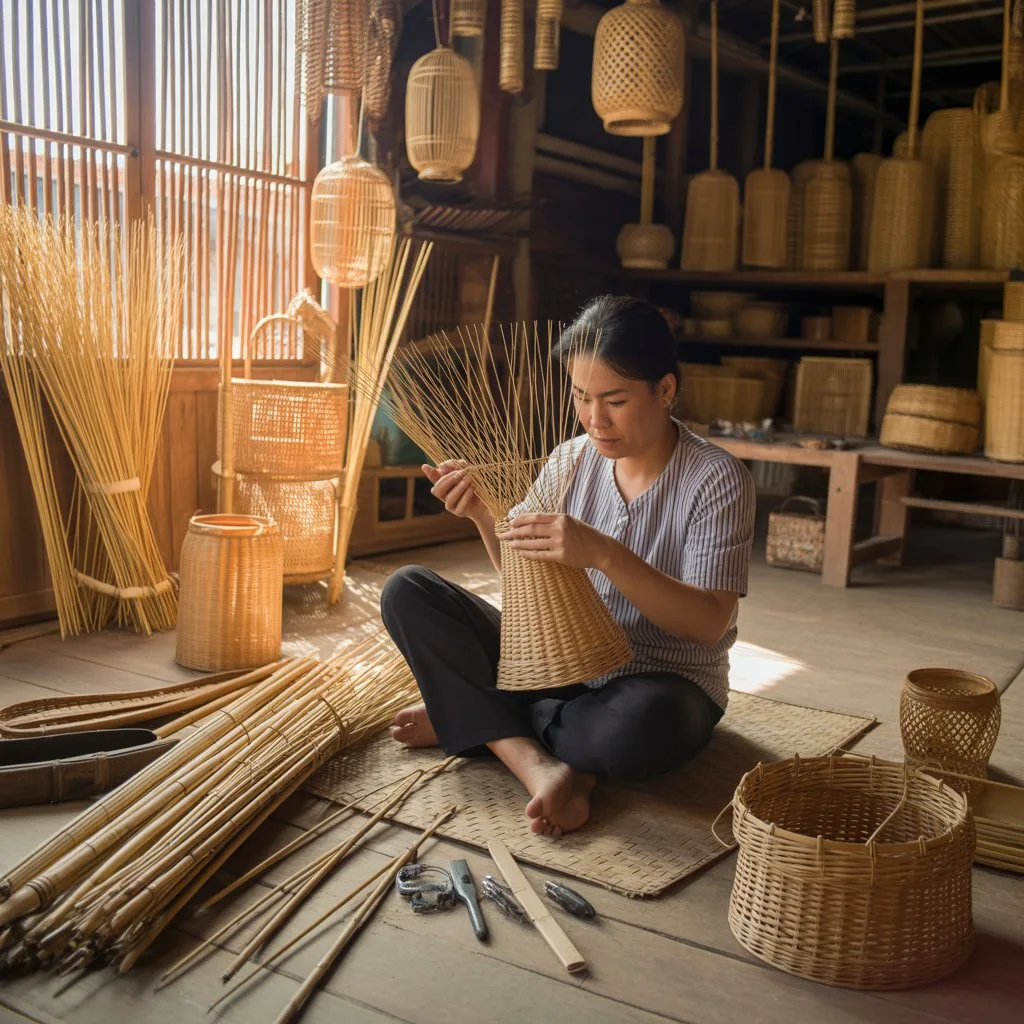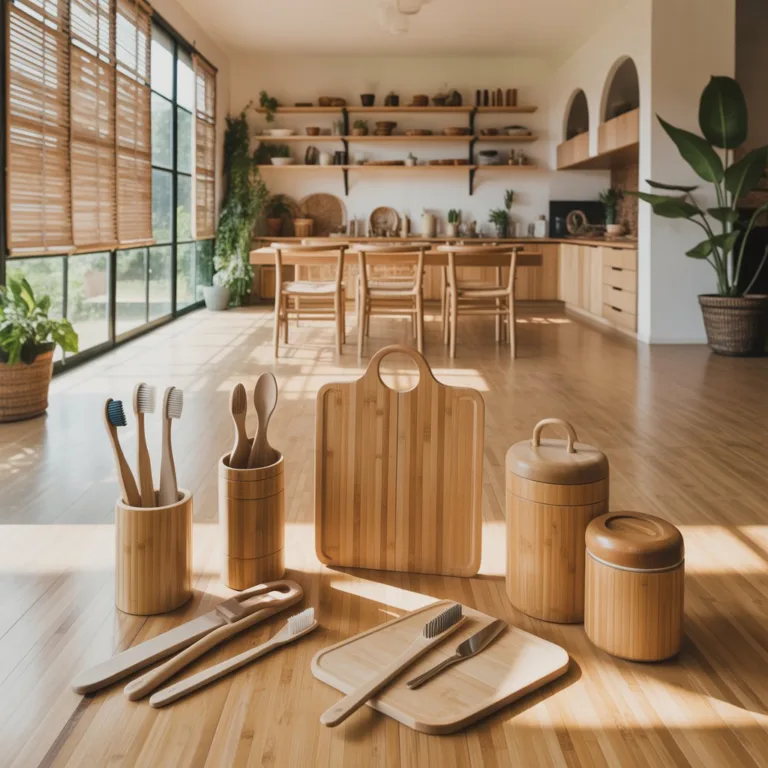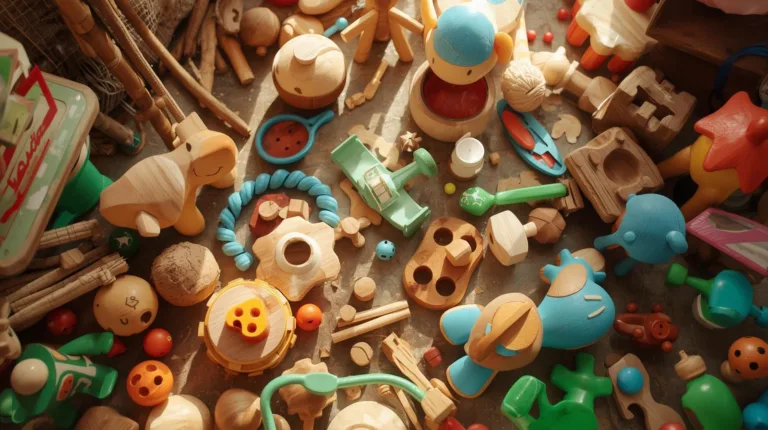Across many regions of the world, bamboo is far more than a simple plant. It’s a symbol of resilience, sustainability, and craftsmanship — a material that connects people to the earth and to each other. For centuries, local artisans have transformed bamboo into art, furniture, tools, and architecture. Today, with the growing demand for eco-friendly and handmade products, bamboo crafts have become a powerful means for artisans to earn a sustainable living while preserving traditional knowledge.

This article explores how bamboo artisans build livelihoods rooted in creativity and environmental balance. It highlights the cultural, economic, and ecological dimensions of bamboo craftsmanship, showing how these artisans combine tradition with innovation to thrive in modern markets.
The Enduring Value of Bamboo
Bamboo is one of the fastest-growing plants on Earth, capable of reaching maturity in just a few years. Its flexibility, durability, and light weight make it ideal for both artistic and practical applications. But beyond its physical qualities, bamboo represents a philosophy of sustainability.
Unlike hardwood trees that take decades to regrow, bamboo regenerates quickly after harvesting. Its extensive root system prevents soil erosion, and it requires no fertilizers or pesticides. For artisans, these traits make bamboo not only a versatile medium but also a material that aligns with ecological ethics and responsible craftsmanship.
Crafting a Sustainable Livelihood
For many rural communities, especially in Asia, Africa, and South America, bamboo has long been an integral part of daily life. Artisans use it to make baskets, mats, utensils, and furniture — items essential for household use and trade.
Today, these crafts have evolved into small-scale businesses that provide income stability and cultural preservation. In some regions, families pass down bamboo-working techniques from generation to generation. This intergenerational knowledge ensures both the continuity of tradition and the development of new creative approaches.
Economic Empowerment through Handcrafting
Local artisans often operate from home workshops or cooperatives, where bamboo is harvested, cured, split, and shaped into products. The diversity of bamboo applications — from decorative art to eco-friendly packaging — creates a broad range of market opportunities.
For example, in India, small cooperatives produce bamboo bicycles and cutlery; in the Philippines, artisans weave intricate lampshades and wall art; in Brazil, bamboo furniture combines rustic design with modern sustainability appeal. These products are not only sold locally but also attract international attention through fair-trade markets and online platforms.
The shift toward sustainable consumption has amplified demand for natural, renewable materials. Consumers increasingly prefer handmade items that carry a story — and bamboo crafts perfectly fit that narrative.
Skills That Define the Craft
The creation of bamboo crafts demands precision and patience. Each artisan develops a deep understanding of how bamboo behaves under various conditions — how it bends, splits, and reacts to heat and humidity.
Selection and Preparation
Artisans begin by selecting mature bamboo culms with the right thickness and texture. The stalks are then cured by smoking, boiling, or sun-drying to prevent cracking and insect infestation. Proper curing not only extends the lifespan of the finished product but also enhances its natural sheen.
Cutting and Shaping
Once prepared, bamboo is cut into strips, panels, or curved forms. Tools such as knives, chisels, and small saws are used to achieve precise dimensions. Some artisans incorporate heat-bending techniques to create complex shapes for baskets, lamps, or furniture frames.
Assembly and Finishing
The final stage involves assembling parts using natural adhesives or small metal fasteners. Sanding, polishing, and applying protective coatings complete the process. In decorative pieces, artisans often add painting, carving, or weaving patterns that reflect local traditions.
Each step reveals the artisan’s connection to both material and culture — a relationship rooted in patience and respect for natural processes.
Tradition Meets Innovation
While many techniques remain rooted in tradition, modern bamboo artisans are embracing innovation to expand their opportunities.
- Design Integration: By collaborating with designers and architects, artisans adapt traditional craftsmanship to contemporary aesthetics.
- Eco-Product Development: Bamboo straws, toothbrushes, and reusable cutlery have emerged as sustainable alternatives to plastic.
- Digital Marketing: Online platforms allow artisans to reach global audiences without middlemen, increasing profit margins and visibility.
- Hybrid Materials: Some artisans combine bamboo with metal, glass, or fabric to create unique pieces that appeal to diverse tastes.
These adaptations show how bamboo craftsmanship evolves without losing its essence — merging heritage with modern relevance.
Cultural and Social Impact
Bamboo crafts do more than provide income. They strengthen cultural identity and community cohesion. Many artisans describe their work as a form of storytelling — each woven pattern or carved detail reflecting local beliefs, nature, and history.
In rural areas, cooperative workshops empower women and youth by offering skill training and employment. This inclusivity reduces migration to urban centers and preserves traditional lifestyles. Moreover, the craft becomes a form of environmental education, demonstrating the value of renewable resources in everyday life.
Bamboo festivals and exhibitions further celebrate these traditions, bringing recognition to artisans who might otherwise remain unseen. When tourists visit local markets and witness the crafting process, they gain appreciation for the human effort behind each handmade item.
Sustainability at the Core
Bamboo crafts perfectly illustrate the circular economy in action. The entire process — from cultivation to product — leaves minimal ecological footprint.
- Renewable Resource: Bamboo grows rapidly, with some species regenerating within a year.
- Low Waste Production: Even small bamboo scraps are reused for smaller products or as fuel.
- Biodegradability: Finished items naturally decompose, returning nutrients to the soil.
- Minimal Processing: Compared to industrial materials, bamboo requires less energy to process.
This makes bamboo crafting an accessible path toward sustainable entrepreneurship, particularly in developing regions where resources are limited but creativity is abundant.
Challenges in the Craft Industry
Despite its advantages, the bamboo craft sector faces notable challenges.
- Market Access: Many artisans struggle to compete with mass-produced goods. Without digital skills or marketing support, their reach remains limited.
- Raw Material Supply: In some regions, overharvesting or lack of proper bamboo management threatens long-term availability.
- Standardization and Quality Control: Handmade products vary in quality, which can affect consistency and market trust.
- Financial Barriers: Small artisans often lack capital for better tools, drying facilities, or business expansion.
Addressing these challenges requires collaboration among governments, NGOs, and private organizations. Programs that provide training, microloans, and sustainable bamboo cultivation can greatly enhance artisan livelihoods.
Case Studies of Artisan Success
Southeast Asia: The Rise of Bamboo Weaving Cooperatives
In Thailand and Vietnam, communities have revitalized ancient weaving traditions by forming cooperatives. These groups share resources and marketing platforms, enabling them to reach global eco-design markets. Products like woven handbags and decorative baskets now sell online through fair-trade networks, ensuring fair wages and recognition.
Latin America: Bamboo Furniture Design
In Colombia and Brazil, bamboo furniture has become a symbol of green innovation. Local artisans collaborate with eco-architects to design stylish, durable pieces for homes and eco-resorts. The approach merges craftsmanship with environmental design, attracting sustainability-conscious consumers.
Africa: Empowering Women Through Bamboo
In Kenya and Ethiopia, NGOs have launched training programs to teach women bamboo craftsmanship. Participants learn to create functional products — from trays to lamps — using locally sourced materials. These initiatives not only boost family income but also promote environmental awareness and gender equality.
Each of these stories reflects how bamboo’s versatility enables empowerment, creativity, and environmental stewardship.
The Role of Education and Training
Teaching bamboo craftsmanship ensures that traditional knowledge remains alive while adapting to modern needs. Community workshops, vocational schools, and design programs now include bamboo craft training in their curricula.
Students learn not just the techniques but also the cultural importance of sustainable resource management. Partnerships with universities and environmental organizations help introduce scientific approaches — such as improved curing methods and pest control — to enhance durability and quality.
Educating new generations of artisans builds a foundation for sustainable livelihoods that honor both tradition and innovation.
The Global Appreciation for Handmade Craftsmanship
As consumers around the world grow more conscious of sustainability, appreciation for handmade goods has surged. People seek authenticity and connection — qualities mass-produced products can’t replicate.
Bamboo crafts perfectly embody these values. They represent time, care, and cultural integrity. When someone buys a handmade bamboo lamp, basket, or piece of art, they invest in more than an object — they support a livelihood and an ecosystem.
This global shift toward ethical consumerism gives artisans renewed hope. It reminds both makers and buyers that sustainability and creativity can thrive hand in hand.
The Ongoing Journey of Bamboo Artisans
The story of bamboo artisans is one of resilience, adaptation, and creativity. Their work shows that sustainable living is achievable when we align traditional wisdom with modern innovation.
Through the rhythmic cutting of bamboo, the careful weaving of strips, and the final polish of a handcrafted item, artisans demonstrate that sustainability is not just an environmental choice — it’s a way of life.
By supporting bamboo craftsmanship, communities can preserve cultural identity, protect the environment, and ensure that future generations inherit both skill and purpose. The harmony between bamboo and its artisans continues to inspire, proving that prosperity and sustainability can grow from the same roots.

Elena Mora is a creative educator and eco-craft enthusiast who specializes in bamboo musical instruments and sustainable toys for children. She believes that hands-on learning through play teaches kids about creativity, music, and environmental responsibility.



